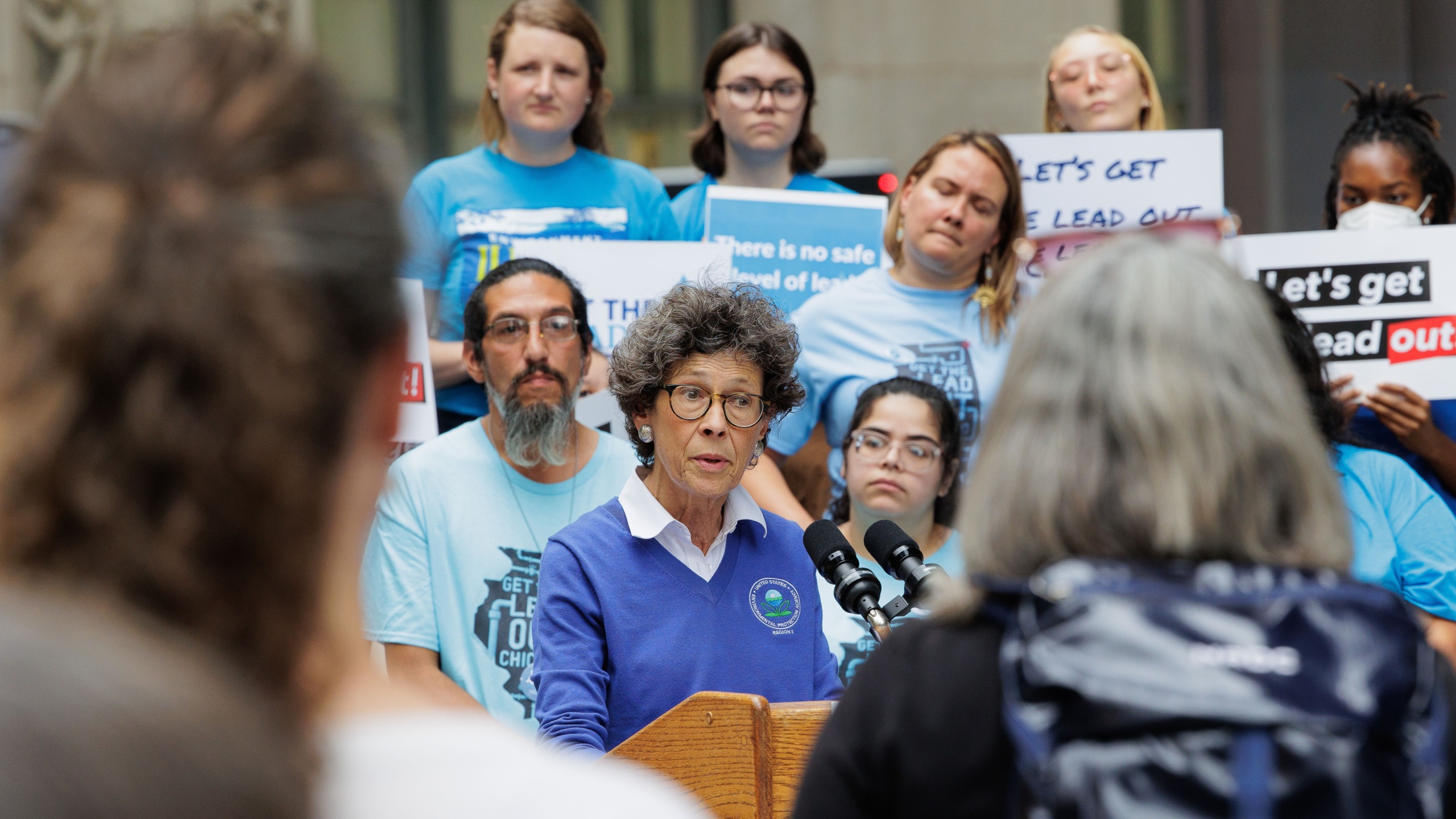
Chicagoans want to get the lead out
Parents, environmentalists, policymakers and concerned citizens rally at Daley Plaza to support efforts to get the lead out of drinking water.
It’s up to us to protect our ecosystems and communities from toxic chemicals.
Most of the 80,000 chemicals on the market in the United States have been put into use without testing long-term consequences for the environment, or their impacts on our health. We should make sure that any chemical in use is safe, eliminate those we know are dangerous, and stop using any that are damaging healthy ecosystems. And if an industry makes a toxic mess, we should know right away, and they should be the ones to pay for cleaning it up.
Parents, environmentalists, policymakers and concerned citizens rally at Daley Plaza to support efforts to get the lead out of drinking water.
Groups representing millions of parents and teachers joined environmental and public health advocates to urge the EPA to get the lead out of drinking water at schools and child care centers.
The Atlantic hurricane season lasts from June 1 through November 30. This resource guide can help members of the media cover it more thoroughly and accurately.
Baaj Nwaavjo I'tah Kukveni - Ancestral Footprints of the Grand Canyon National Monument will protect critical watershed, wildlife habitat and cultural sites
As summer kicks into high gear and more families are hitting lakes and beaches around the country, the last thing on their minds is potential dangers lurking in the water.
